All was well on the small island of Antirhodos off the coast of Alexandria. The place was like a cul de sac of temples and monuments from the ancient world. Surely enough, the site is going to become an even more popular destination once the new Cleopatra movie featuring Gal Gadot hits the screen worldwide.
When Antirhodos was discovered by underwater archaeologists Franck Goddio and Ashraf Abdel Raouf in 1996, it revealed that careful architectural preparation was carried out around 250BC for its subsequent urbanization
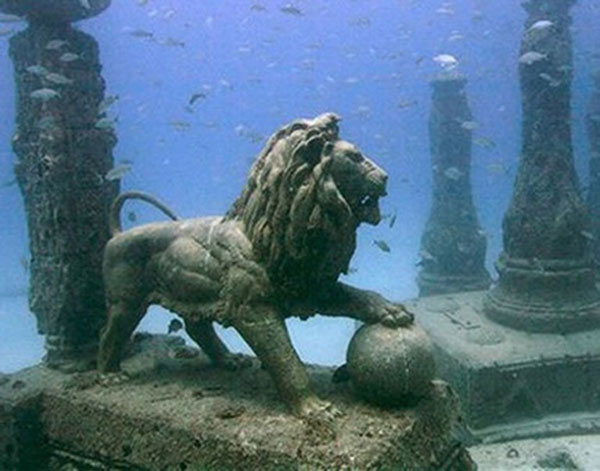
Goddie discovered a number of impressive structures: a temple dedicated to Caesar, an unfinished palace for Mark Antony, a temple dedicated to the Egyptian goddess Isis, columned avenues, monuments, a port and a royal residence of the Egyptian Pharaoh of Macedonian descent, Cleopatra.
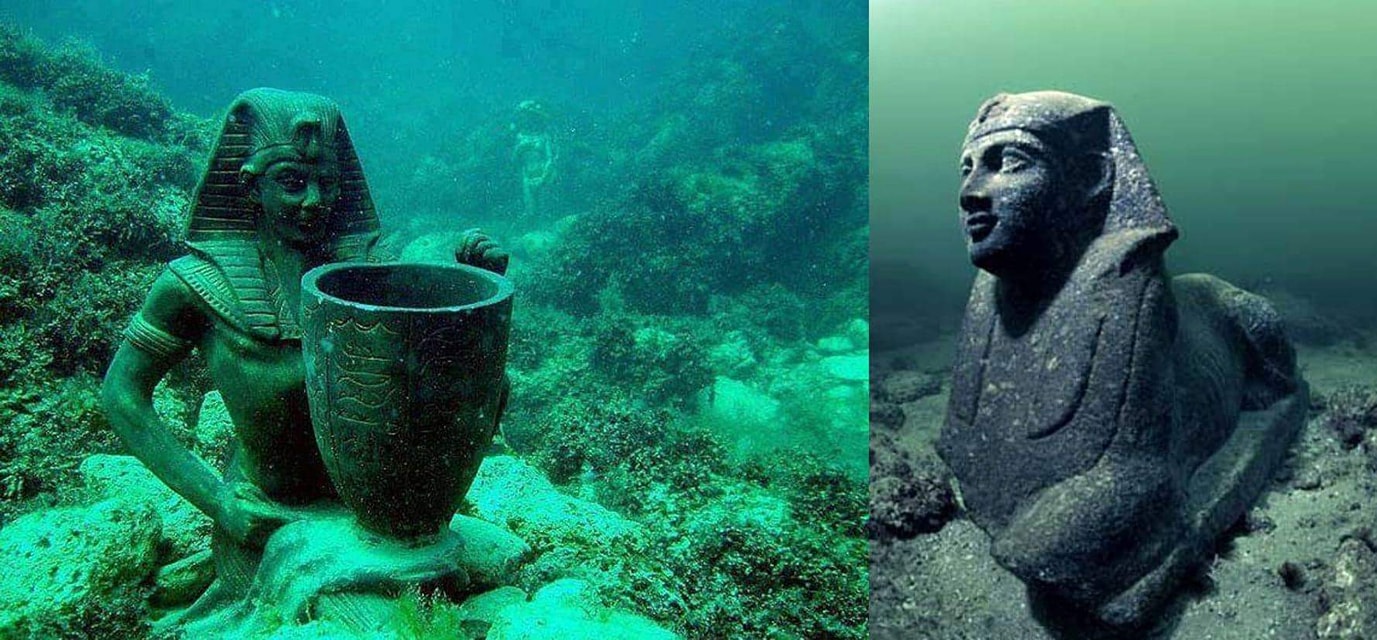
Cleopatra’s palace at Atirhodos existed until the year 365 when a massive earthquake – believed to have been the biggest in the Ancient Mediterranean, sent off a wave of destruction that reached as far as the shores of Spain.
The earthquake’s epicentre was off the island of Crete. Nearby Alexandria could not have been spared by the gargantuan tsunami that levelled the neighborhoods, temples and harbors of this important city.
The Roman soldier Ammianus Marcellinus a witness of the event, describes what happened in grim detail: there had been a terrible tremor followed by the sea rolling back far from human sight, revealing magnificent ravines and valleys underneath. As people were busy gathering stranded creatures on the sea bed, the sea made a roaring return resulting in the death of thousands.
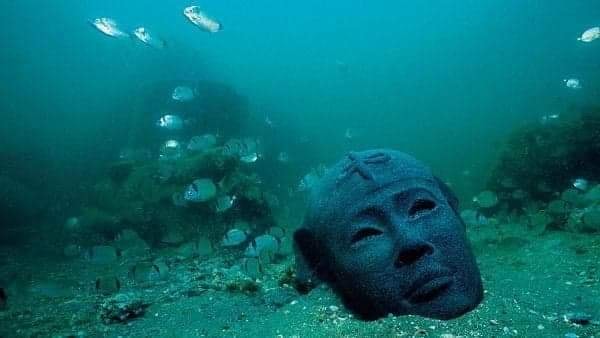
As a result, tourists and internet adventurers can explore one of the most astounding underwater sites in the world that yielded more than 20,000 objects and artefacts.
The jewel of the island is, of course, Cleopatra’s now-underwater palace which lies submerged five meters or 16 feet underwater. It is only ironic that, like the site itself, Cleopatra’s final resting place is waiting to be discovered.

Egypt’s last Pharaoh of the Macedonian Ptolemaic dynasty took her own life together with her lover Mark Antony following her kingdom’s defeat to Rome at the Battle of Actium.
Until Egypt builds its planned underwater museum in Alexandria, history buffs and adventurers would have to settle with the feat of seeing Cleopatra’s underwater palace from behind scuba diving gear.
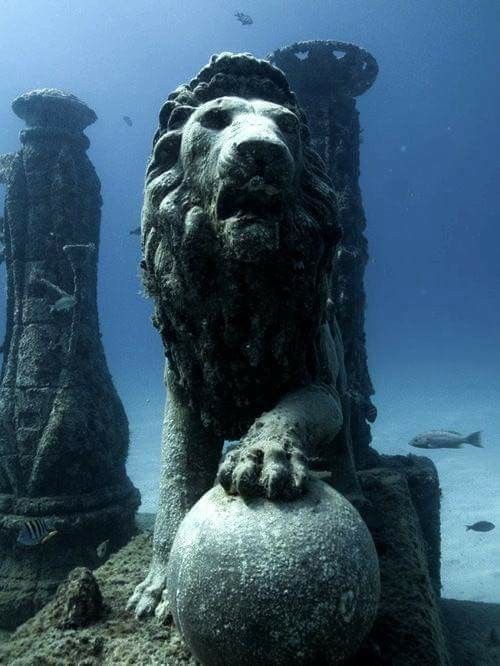
In its current state, the site offers a 30-meter long ship that was wrecked underneath the tsunami along with the goods it carried, 7-meter tall pillars, granite blocks from the different temples, sphinxes, statues, and more.
Cleopatra’s underwater palace is one of the sites where she may have been buried along with Mark Antony. Of the three proposed crypts where her remains may have been interred, the palace of Antirhodos has been least investigated.
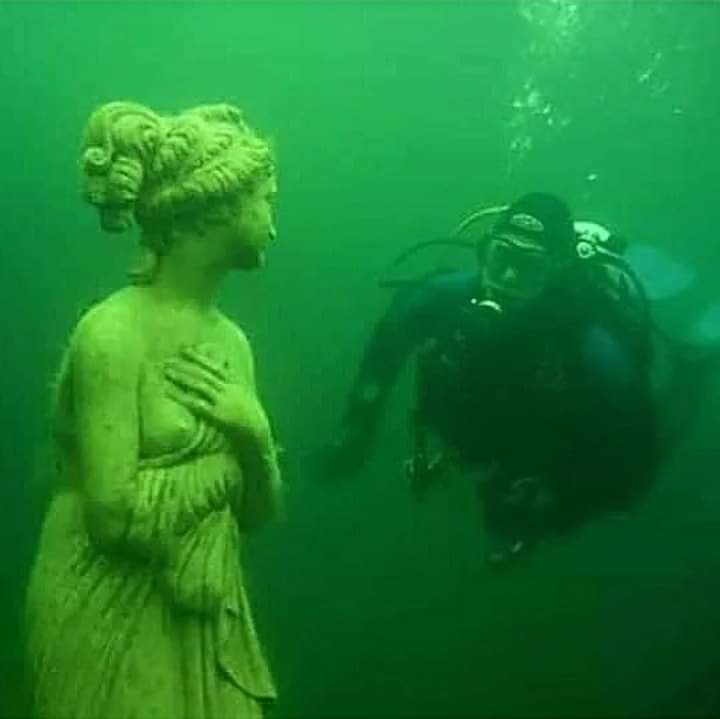
Cleopatra ruled Egypt before until it was conquered by the Romans. Prior to that, Alexander of Macedonia (the Great) conquered that land and established the city of Alexandria. Egypt remained part of the Macedonian empire that continued to be governed by a number of antagonistic successors and their dynasties for close to 300 years.